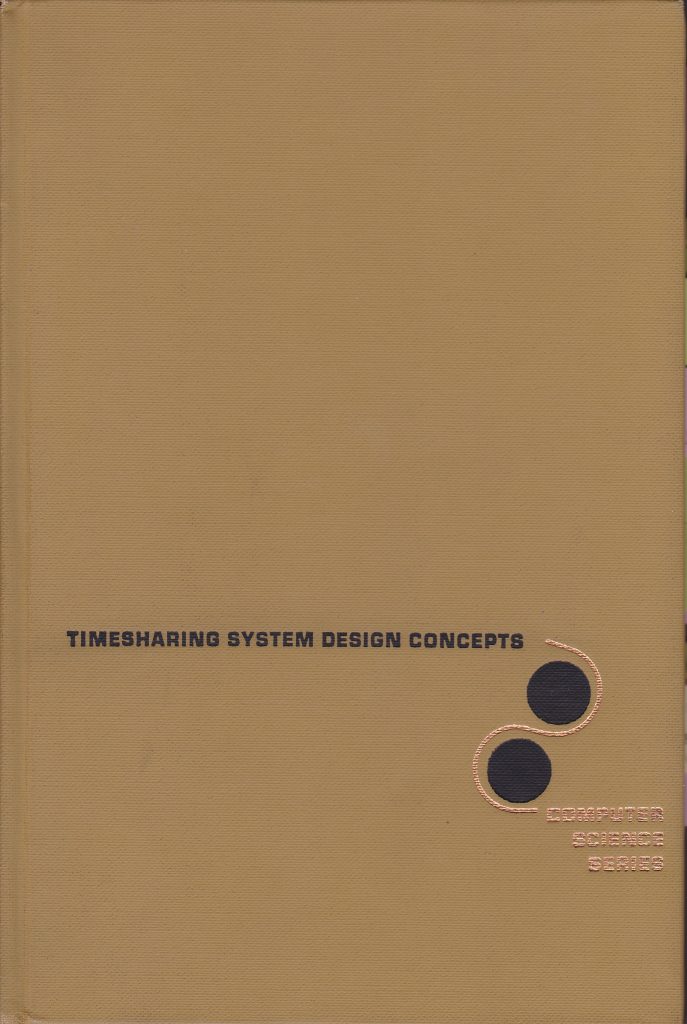When I recently turned 50, a friend of mine gave me a book that was about as old as me – Timesharing System Design Concepts, by Richard W Watson. The copyright date is 1970, but the publishing date found online 1971. The book covers the hardware support and software techniques needed to provide multiple users with simultaneous access to a computer system. Typically, using remote teletype terminals. It is a wonderful book, reflecting on the state of computer technology around 1970. It shows both how many of the basic concepts we still use today were already in use back then, but at the same time just how far we have evolved computing since.



 Edited on 2009-Feb-01, to include the link to the illustrated guide that really helps you get there faster. Thanks Simon! Also, promoted to front page, original post was put up on 2008-Nov-09.
Edited on 2009-Feb-01, to include the link to the illustrated guide that really helps you get there faster. Thanks Simon! Also, promoted to front page, original post was put up on 2008-Nov-09. The best way to learn something is to try, fail, and then try again. That is how I just learned the basics of multiprocessor interrupt management. For an educational setup, I have been creating a purely virtual virtual platform from scratch. This setup contains a large number of processors with local memory, and then a global shared memory, as well as a means for the processors to interrupt each other in order to notify about the presence of a message or synchronize in general. Getting this really right turned out to be not so easy.
The best way to learn something is to try, fail, and then try again. That is how I just learned the basics of multiprocessor interrupt management. For an educational setup, I have been creating a purely virtual virtual platform from scratch. This setup contains a large number of processors with local memory, and then a global shared memory, as well as a means for the processors to interrupt each other in order to notify about the presence of a message or synchronize in general. Getting this really right turned out to be not so easy. More from the SiCS multicore days 2008.
More from the SiCS multicore days 2008.